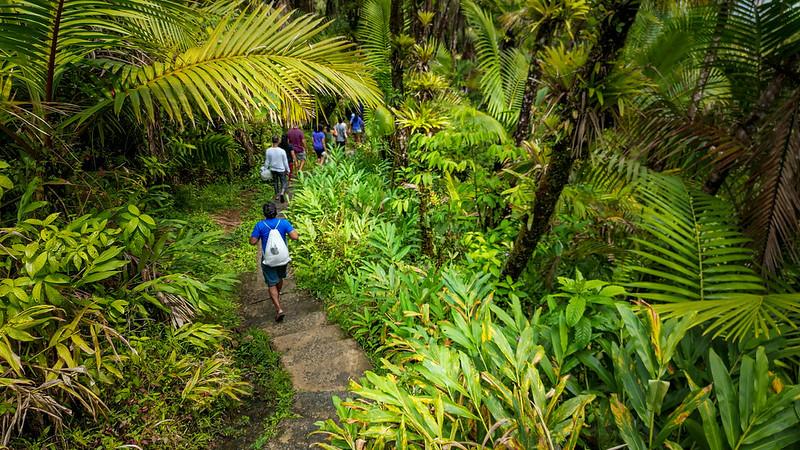On vacation I’m always torn: Run and go see everything? Or chill and do absolutely nothing? This was my first trip to Puerto Rico, and I found an ideal balance of both. My resort was just a 30-minute pre-booked ride from the San Juan airport, but what got my attention was that it had its own nature preserve. In no time, I checked in and reclined poolside, where a server slipped a freshly opened chilled coconut into my hand. Stamped into the side of it was the resort’s mantra: “Doing Nothing Means Everything.” I like their thinking.
The Hyatt Regency Grand Reserve Puerto Rico is nestled inside 70 acres of protected natural space along a peninsula. About 100 feet offshore lies a protective reef. I see the waves break over it in the distance, while the water in between is quite calm thanks to this natural break wall. The rest of the beaches on the island are at the whims of the waves. Tranquil waters are not a bad thing for travelers with children. Those using the resort’s kayaks and SUPs appreciate the calmer waters. I snorkel a bit and lounge a lot, but I’m always eager to go see the wildlife—and Puerto Rico has plenty nearby.





